Margarethe von Reinken (27 March 1877 - 20 January 1962) was a German painter. She was known chiefly for still lifes, landscapes and portraiture. [1]
Margarethe von Reinken (27 March 1877 - 20 January 1962) was a German painter. She was known chiefly for still lifes, landscapes and portraiture. [1]
Margarethe Diederike von Reinken was born in Bremen, the youngest of her parents' eight children. Her father, Daniel von Reinken (1831–1894), came from a leading family of Bremen merchants. [1]
While her father's business was still flourishing she was enrolled at the newly established so-called "Lady Artists' Academy" ("Malerinnenschule") in Karlsruhe, where she was taught by Friedrich Fehr and Ludwig Schmid-Reutte. She returned home to Bremen to launch herself as a freelance artist, setting up a studio at her widowed mother's house in the Feldstraße (loosely "Field Street"). She hoped to establish herself through contract work, focusing on portraits. Despite the acknowledged excellence of her draftsmanship and her good social contacts, she struggled financially at a time when the economy was undergoing a lengthy period of major structural dislocation. [1] Around 1900 she also came into contact with the nearby Worpswede Artists' Colony. Her work was influenced members of it including Fritz Overbeck and Heinrich Vogeler. [2] Several of her oil painted landscapes of nature and the countryside round Worpswede date from these early years of the twentieth century. [3]
After the war her economic situation became more dire and she was no longer able to fall back on the family wealth, which was largely destroyed by the hyper-inflation of the period. With her elder sisters having married and set up their own homes, she was also, as the spinster daughter, expected to take care of her mother. [1] Meanwhile, she remained in close contact with other local artists such as August Tolkien and Toni Elster with whom, in 1924, she staged a "collective" exhibition at the Bremen Kunsthalle art museum. [1] [4] Von Reinken was now also supplementing her income by teaching. Two of her pupils who later established significant artistic careers of their own were Agnes Sander-Plump and Gustava Thölken. [1]
During the later 1920s she visited her elder sister Daniele, who had emigrated from Bremen to Brazil. In 1926 she painted several views of Rio and various mountain landscape sketches which are now in the possession of the family in São Paulo. Back in Bremen, in 1930 she was one of the very few women whose works were included at that year's GEDOK exhibition. Meanwhile she accepted the offer of friend to work for their family as a housekeeper. She kept the job for 17 years. She was able to use a room in the family home which she could use as a studio, but time available for painting was limited. She was nevertheless able to create a significant number of paintings for sale and exhibitions, her work included in a number of subsequent GEDOK exhibitions in Bremen, as a result of which her work remains represented in collections and galleries in and around Bremen. [1]
In 1947 moved to a house owned by the Meta von Post Foundation in Bremen-Horn where she lived out her final fifteen years. [1] A substantial retrospective exhibition of her work took place at the Bremen Kunsthalle art museum during the second quarter of 1994, featuring her paintings, water-colours and drawings. Günter Busch, director of the museum, paid tribute to her "perfect pitch" ("absolutes Gehör") in terms of colour and commended her "artistic sense of responsibility ... in respect of her critical self-appraisal". He added, "she did not allow her paintings to become superficial or frivolous. She tried to exclude from her art anything approximate or imprecise". [1]
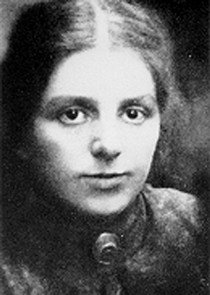
Paula Modersohn-Becker was a German Expressionist painter of the late 19th and early 20th century. She is noted for the many self-portraits the artist produced, including nude self-portraits. She is considered one of the most important representatives of early expressionism, producing more than 700 paintings and over 1000 drawings during her active painting life. She is recognized both as the first known woman painter to paint nude self-portraits, and the first woman to have a museum devoted exclusively to her art. Additionally, she is considered to be the first woman artist to depict herself both pregnant and nude and pregnant.
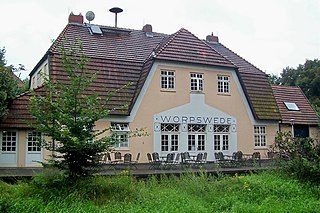
Worpswede is a municipality in the district of Osterholz, in Lower Saxony, Germany. It is situated in the Teufelsmoor, northeast of Bremen. The small town itself is located near the Weyerberg hill. It has been the home to an artistic community since the end of the 19th century.

The Kunsthalle Bremen is an art museum in Bremen, Germany. It is located close to the Bremen Old Town on the "Culture Mile". The Kunsthalle was built in 1849, enlarged in 1902 by architect Eduard Gildemeister, and expanded several more times, most notably in 2011. Since 1977, the building has been designated a Kulturdenkmal on Germany's buildings heritage list.

Arthur Heinrich Wilhelm Fitger was a German painter, art critic, playwright and poet.

Hans am Ende was a German Impressionist painter.
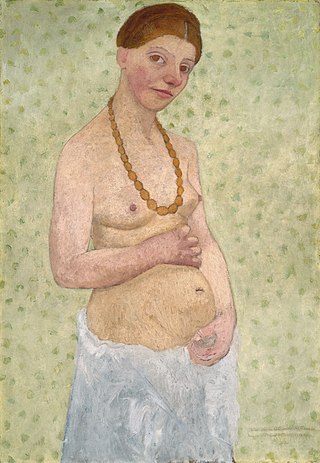
Self-Portrait at 6th Wedding Anniversary, also known as Self-Portrait on the sixth wedding anniversary and Self-Portrait on the sixth anniversary of marriage, is a painting by the German painter Paula Modersohn-Becker, one of the most important early expressionists, from the time of her stay in Paris in 1906.
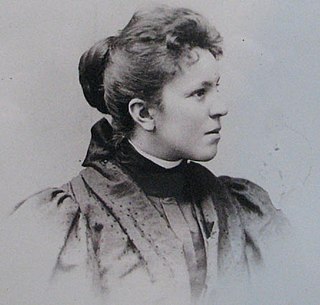
Hermine Overbeck-Rohte was a German landscape painter.
Agnes Sander-Plump was a German painter. She was a member of the "Worpswede artists' colony".
Liselotte von Reinken was a German historian, biographer of Wilhelm Groener and Paula Modersohn-Becker. She also worked at Radio Bremen for 19 years.
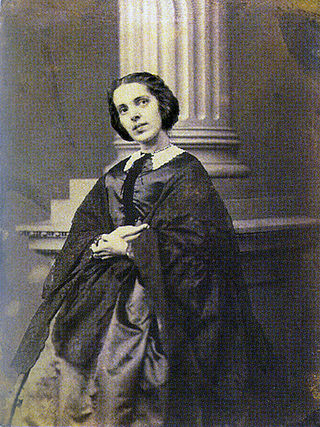
Amalie Murtfeldt was a German painter, especially of portraits.
Meta Antonie "Toni" Elster was a German painter. Her focus was on landscapes, and she painted many "harbour" paintings. As a young woman she traveled extensively, but the paintings for which she is chiefly remembered mostly show the north German flatlands of her home region.
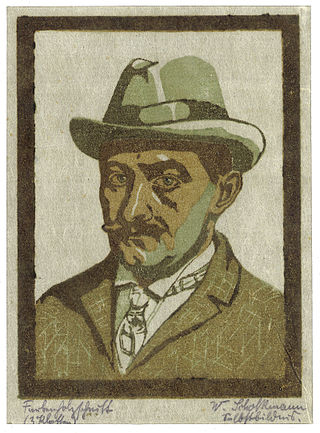
Wilhelm Ludwig Adolph Scholkmann was a German painter. His works were predominantly scenes of peasant life.
Anna Amalie Elisabeth "Lisel" Oppel was a German painter. Sixty years after her death, she remains one of the better remembered representatives of the Worpswede Artists' Colony.
Johann Büsen is a German visual artist.
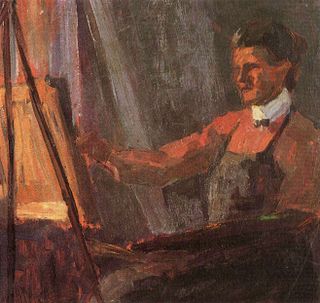
Anna Feldhusen was a German painter. She was, in particular, a prolific producer of still life paintings, of landscape paintings featuring the flat and frequently watery landscapes of north-western Germany and of cityscapes of Bremen, her home city. She was also an able draftswoman with an exceptional talent for producing multi-coloured etchings.
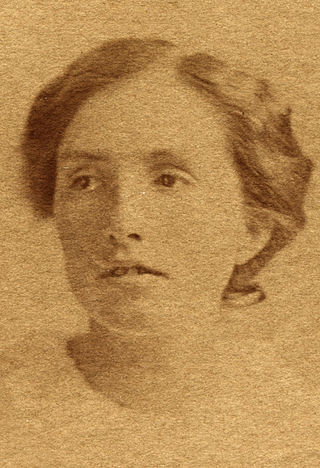
Elisabeth Noltenius was a German painter.
Anna Plate was a German painter. She was a prolific creator of still lifes, watercolor flower paintings, street scenes and portraits.

Carl Vinnen was a German landscape painter. He was also a writer, on various topics of local interest, under the pseudonym "Johann Heinrich Fischbeck".

Sophie Wencke-Meinken was a German painter.
Ottilie Reylaender was a German painter. She was one of the pioneers of modern art in Germany.